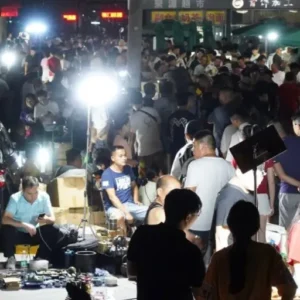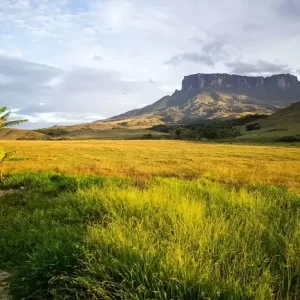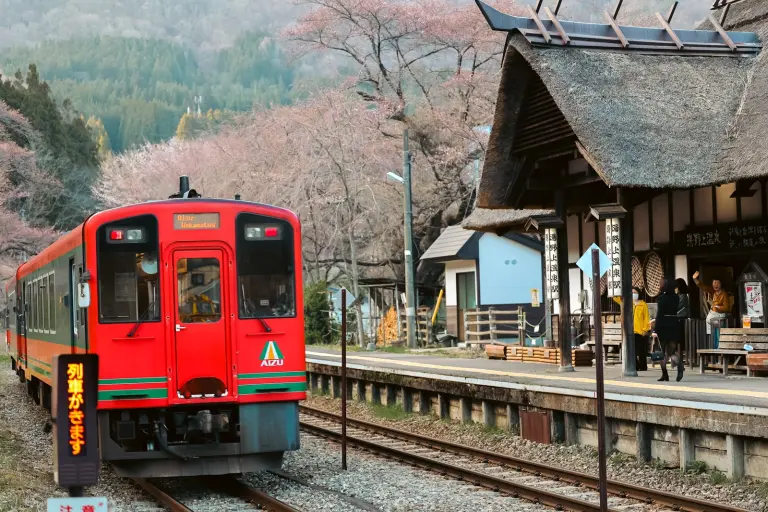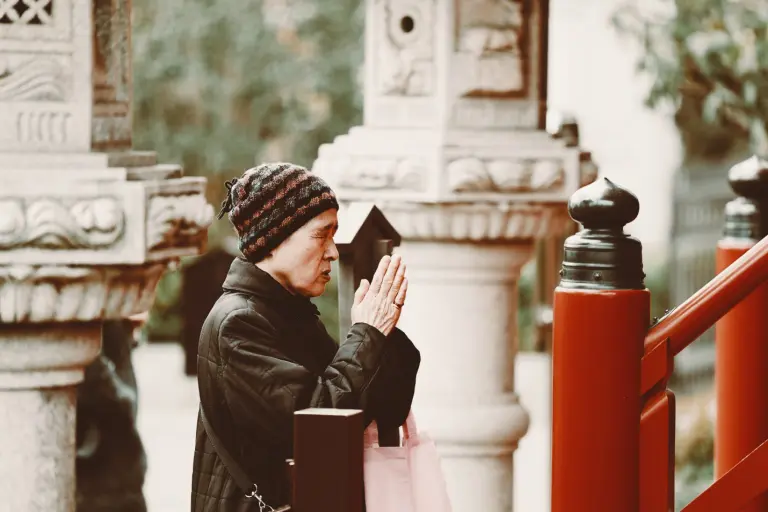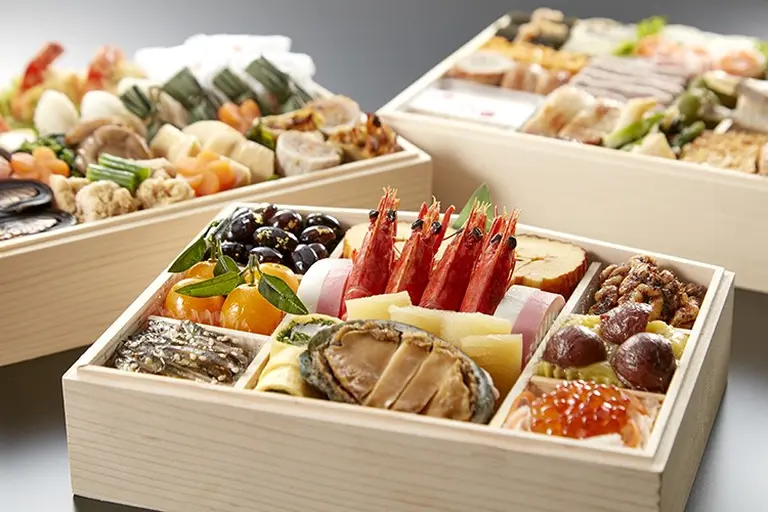When talking about Bhutan travel, Trongsa Dzong is undeniably one of the most famous tourist destinations in Bhutan. This colossal fortress is not only the largest Dzong in the country but also a place of immense historical, cultural, and spiritual importance. Standing proudly in central Bhutan, it has long been a symbol of unity, religion, and royal power. For travelers seeking both breathtaking architecture and profound cultural experiences, Trongsa Dzong is an unmissable stop on any journey through the Himalayan kingdom.

Amidst the majestic valleys of central Bhutan, Trongsa Dzong rises with breathtaking grandeur, its tiered architecture cascading along the mountainside and embracing the river below. Recognized as the largest and most important fortress in Bhutan, Trongsa Dzong is not only a vital religious and administrative center, but also a sacred place associated with the image of the Buddha in meditation—offering visitors an atmosphere of spirituality, serenity, and mystery.
Introduction to Trongsa Dzong, Paro
A Dzong is a traditional fortress built in the early 17th century to defend against Tibetan invasions and to consolidate control across Bhutan. While many Dzongs can be found throughout the country, this colossal fortress perched on a hilltop overlooking the quiet town of Trongsa stands out as the longest Dzong in Bhutan. Strategically located, it connects the western and eastern regions of the kingdom, making it a historically vital stronghold.

>> Traveling to Bhutan: What you need to know
Overview of Trongsa Dzong
The town of Trongsa itself is nestled on a steep hillside, offering sweeping views of the deep valleys that surround it. Many hotels, lodges, and restaurants feature balconies with spectacular vistas. From nearly anywhere in town, Trongsa Dzong dominates the skyline, perched dramatically on the ridge that drops steeply into clouds drifting southward.
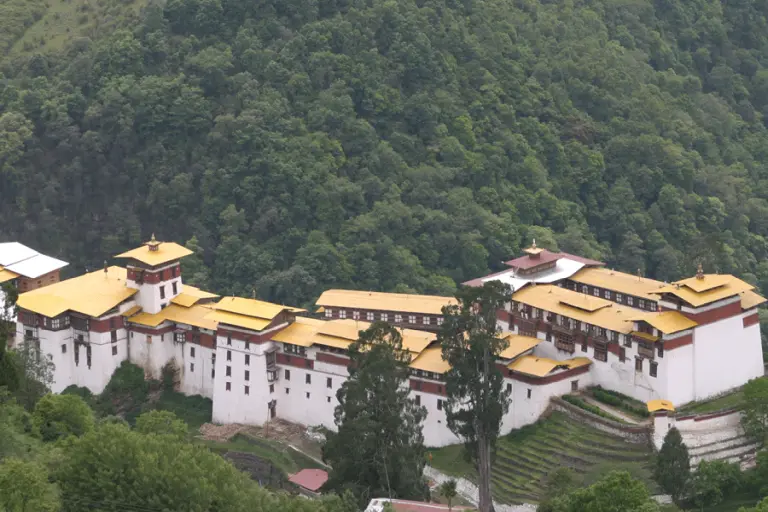
History of Trongsa Dzong
Built in 1644, Trongsa Dzong once served as the seat of power for the Wangchuck dynasty before they rose to rule Bhutan in 1907. Traditionally, the Crown Prince of Bhutan is first appointed as the Trongsa Penlop (Governor of Trongsa) before ascending as heir to the throne.
Perched above the Mangde Chhu River, Trongsa controlled east–west trade routes for centuries. Its watchtower has since been converted into a fascinating museum dedicated to the Wangchuck dynasty, offering visitors a deep insight into Bhutan’s royal and political history.
Beyond its role as a fortress, Trongsa Dzong symbolizes the foundation of Bhutan’s unification. Over the years, Dzongs have transitioned from defensive strongholds and Buddhist teaching centers to modern administrative hubs, monastic residences, and cultural museums. Today, Trongsa Dzong is also one of Bhutan’s largest monasteries and a key venue for local festivals.
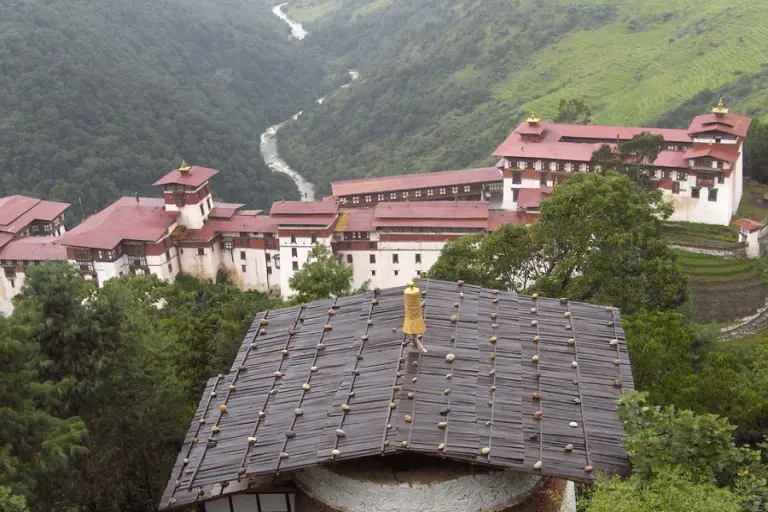
>> What to know before visiting Bhutan – Dos & Don’ts
Architecture of Trongsa Dzong
The fortress is an architectural masterpiece, built in multiple tiers cascading down the contours of the hill. Its sheer scale, elegant design, and dramatic location make it one of the most visually stunning examples of traditional Bhutanese architecture.
From town, visitors can clearly see the intricate maze of interconnected buildings and courtyards layered across the slopes. This grand structure, with its commanding presence, is considered by many the most impressive Dzong in Bhutan.
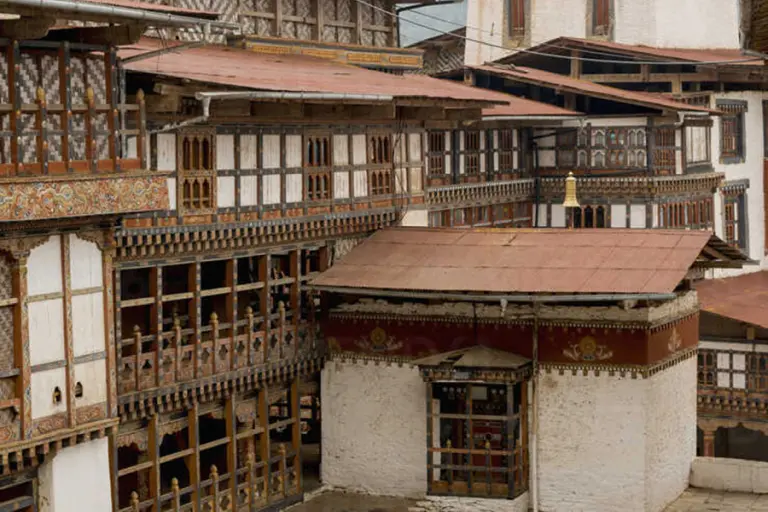
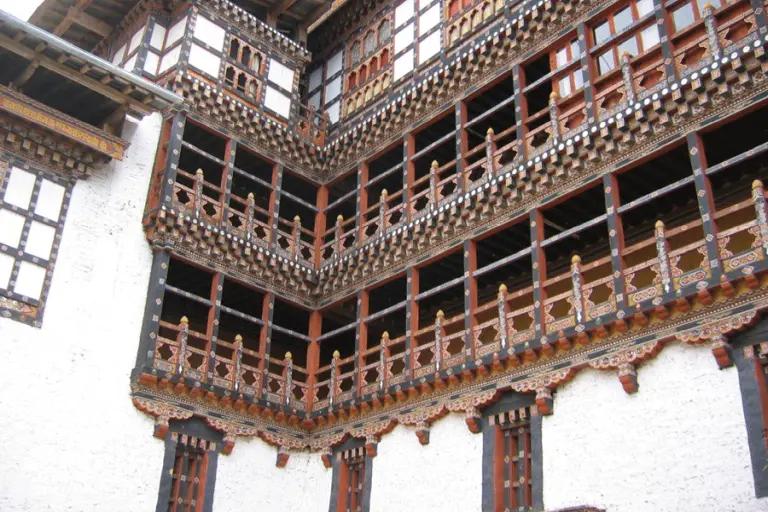
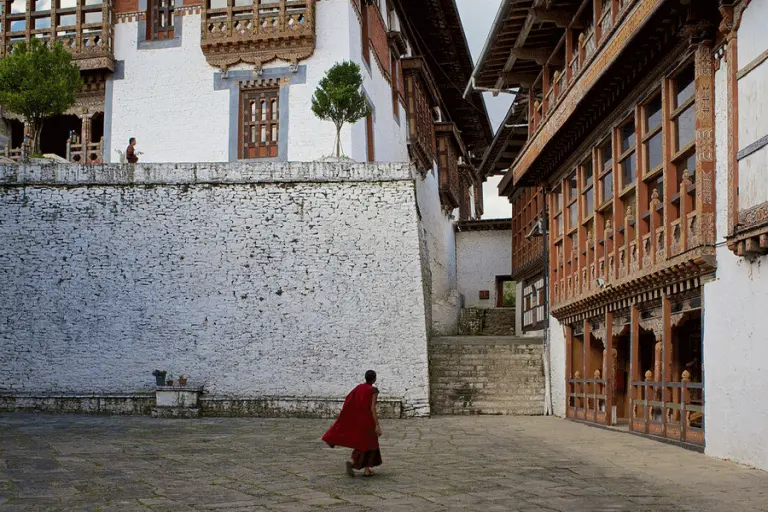
Trongsa Tsechu Festival
Held annually in December or January, the Trongsa Tsechu Festival is a five-day celebration in the northern courtyard of the Dzong. Like all monasteries in Bhutan, it honors Guru Rinpoche, who brought Buddhism to the country in the 8th century.
This vibrant festival marks the triumph of Buddhism over evil and is celebrated with traditional mask dances, spiritual rituals, and communal gatherings—an unforgettable cultural experience for visitors.
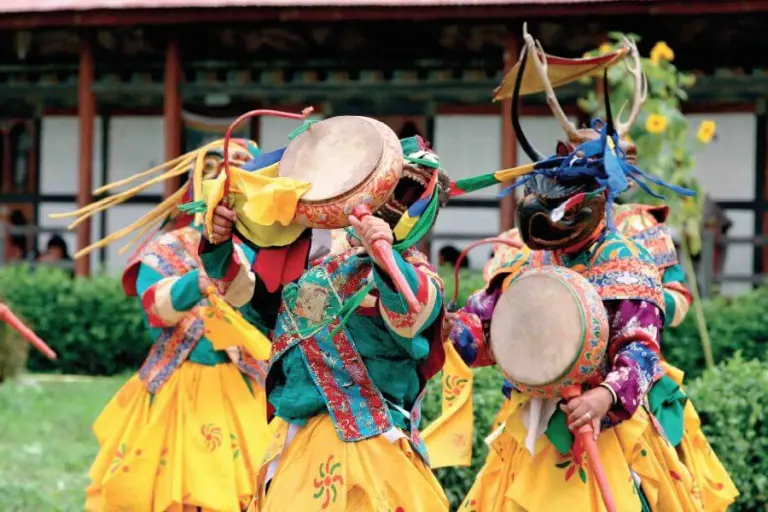

>> Signature Dishes of Bhutanese Cuisine
Visiting Trongsa Dzong
If you want to explore Bhutan beyond the more popular western regions, add Trongsa Dzong to your itinerary. Its central location gives travelers the opportunity to immerse themselves in history while enjoying a quieter, more contemplative atmosphere.
On my own journey through Bhutan, traveling from the Phobjikha Valley to Bumthang on a crisp December morning, I crossed the scenic Lawala Pass and stopped to explore Trongsa Dzong for a few hours. Bathed in bright winter sunlight, the fortress revealed itself in its full majesty—an unforgettable experience.
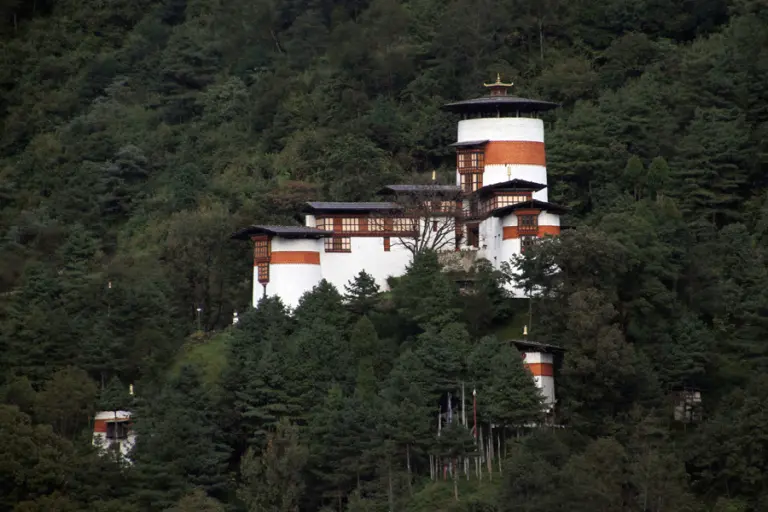
Lucky visitors may also witness a traditional archery competition held near the entrance of the Dzong. Watching Bhutanese archers shoot with astonishing precision over 50 meters is a cultural highlight in itself.
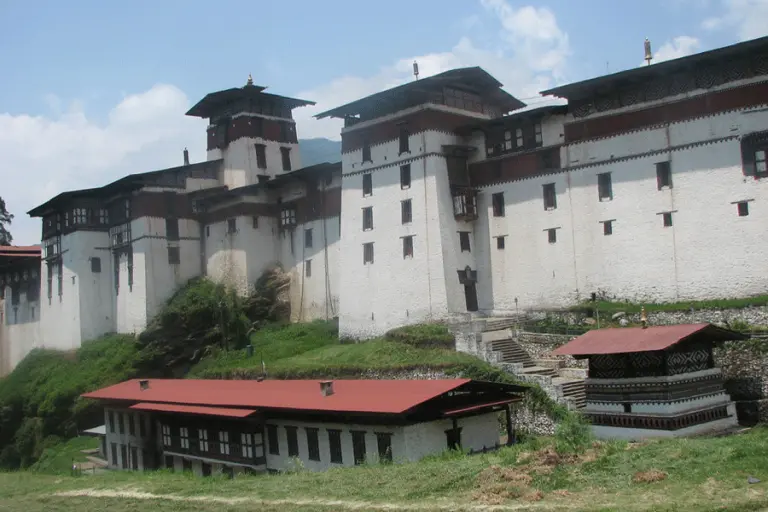
The Dzong’s vast courtyards, ancient temples, and stunning murals narrating Buddhist stories make it an ideal place to learn about the country’s spiritual traditions. Outside, playful monkeys scamper over rooftops while the panoramic views of the valleys remind you of Bhutan’s timeless beauty.
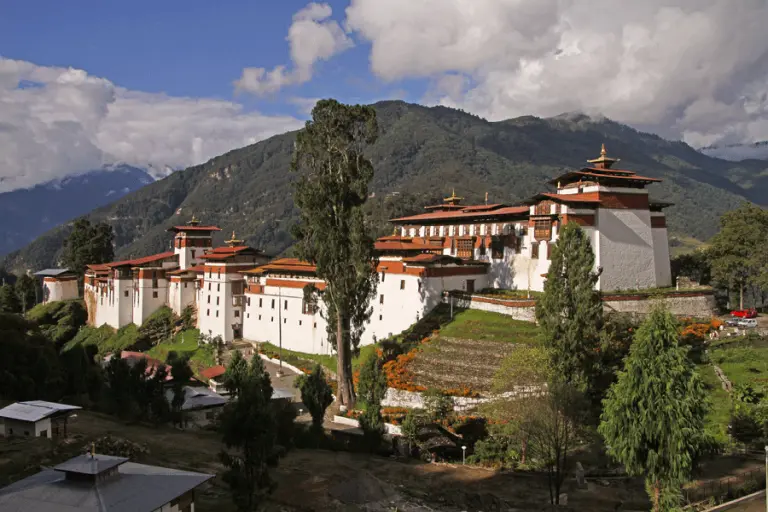
>> Unique cultural traits of the land of the Thunder Dragon, Bhutan
Why Trongsa Dzong is a Must-Visit
Often regarded as the longest and largest fortress in Bhutan, Trongsa Dzong remains a symbol of unity, power, and spirituality. It played a decisive role in Bhutan’s political history, as the father of Bhutan’s first king consolidated power here before uniting the nation.
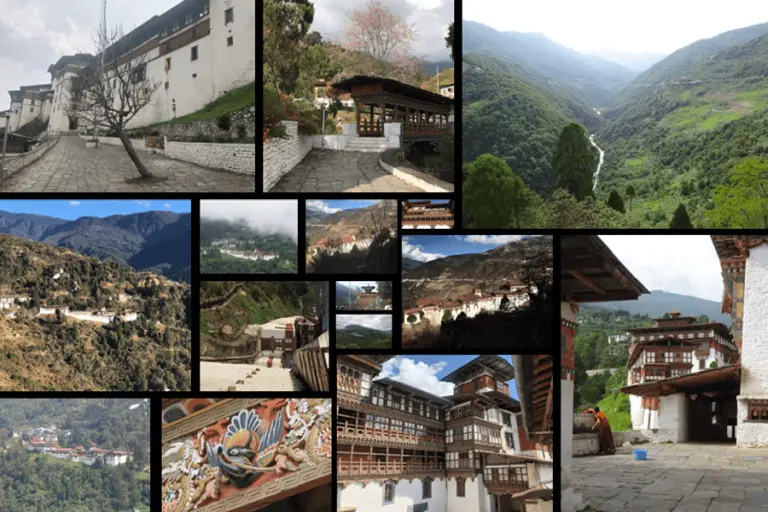
Today, with its commanding presence, deep-rooted history, and breathtaking setting, Trongsa Dzong is more than just a monument—it is the beating heart of Bhutanese culture and heritage. Don’t miss the nearby watchtower museum, which further enriches the story of Bhutan’s monarchy.
Visiting Trongsa Dzong is not just a journey into Bhutan’s past—it is an encounter with the living soul of the kingdom.
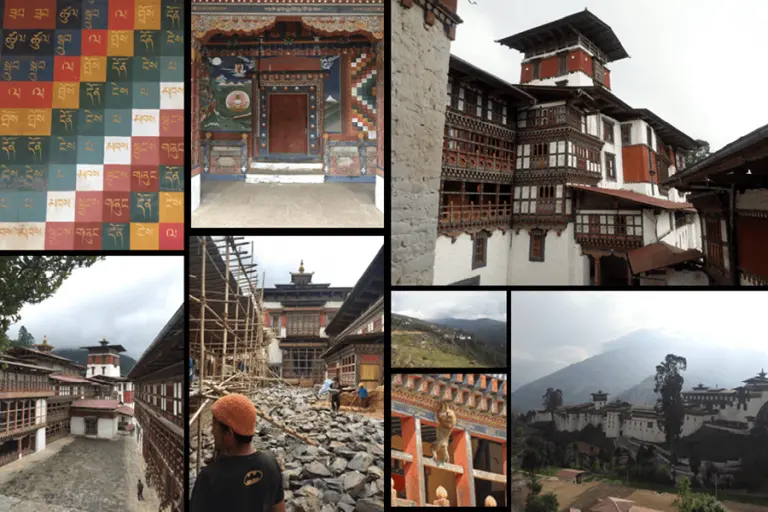
>> The people of Bhutan – 7 fascinating facts about the happiest residents on earth
FAQ
What is Trongsa Dzong?
Trongsa Dzong is the largest and most strategically important fortress in Bhutan, perched dramatically on a ridge overlooking the Mangde Chhu River. Built in the 17th century, it has served as both a religious center and the seat of political power. Historically, no king could ascend to the throne of Bhutan without first serving as the governor of Trongsa.
Where is Trongsa Dzong located?
It is located in central Bhutan, in the Trongsa District, about halfway between east and west Bhutan. Its position makes it a natural gateway and a key checkpoint for controlling movement across the country in earlier centuries.
Why is Trongsa Dzong historically important?
Trongsa Dzong has played a crucial role in Bhutan’s history:
- Strategic Power: It controlled vital trade and military routes that connected eastern and western Bhutan.
- Royal Significance: The first and second kings of Bhutan ruled from here. By tradition, the heir to the throne (Trongsa Penlop) still holds an official position in Trongsa before becoming king.
- Cultural Symbol: It represents the consolidation of Bhutan under one rule and the enduring strength of the monarchy.
Who built Trongsa Dzong?
The fortress was originally established in 1543 as a small temple by Ngagi Wangchuck, the great-grandfather of Zhabdrung Ngawang Namgyal, who later unified Bhutan. It was expanded into the massive structure we see today in the 17th century under Chogyal Minjur Tenpa, the first governor of Trongsa.
How big is Trongsa Dzong?
Trongsa Dzong is the largest fortress in Bhutan, sprawling across multiple levels along a ridge. It has a maze-like design of courtyards, corridors, temples, and administrative offices. Its dramatic whitewashed walls and golden roofs stretch impressively across the hillside, making it visible from miles away.
What can visitors see inside Trongsa Dzong?
Inside the Dzong, visitors can explore:
- 23 temples and shrines dedicated to different Buddhist deities.
- Ornate courtyards with stunning Bhutanese architecture and intricate woodwork.
- Administrative offices, which still function as the headquarters for Trongsa District.
- Monastic residences, as it remains home to hundreds of monks.
What festivals are celebrated at Trongsa Dzong?
The most famous is the Trongsa Tsechu, an annual religious festival held every December or January. Monks perform sacred mask dances (cham dances) to honor Guru Rinpoche and to bless the community. The festival attracts both locals and visitors, offering a glimpse into Bhutan’s deep spiritual traditions.
Can tourists visit Trongsa Dzong?
Yes, visitors can explore parts of Trongsa Dzong. However, as it remains a working monastery and administrative center, certain areas are restricted. A local guide is often required, and entry is subject to Bhutan’s tourism policies and permits.
When is the best time to visit Trongsa Dzong?
The best times are during spring (March–May) and autumn (September–November) when the skies are clear, offering spectacular views of the fortress and surrounding valleys. Visiting during the Trongsa Tsechu festival adds a cultural highlight to the trip.
Why should I visit Trongsa Dzong?
Visiting Trongsa Dzong offers:
- A journey into Bhutan’s royal history and traditions.
- The chance to see the largest and most strategically located dzong in Bhutan.
- Stunning views of the Mangde Valley and surrounding mountains.
- An immersive experience of Bhutanese architecture, art, and spirituality.

Trongsa Dzong is not just a fortress—it is the heartbeat of Bhutan’s history, linking the monarchy, religion, and culture into one breathtaking landmark.


